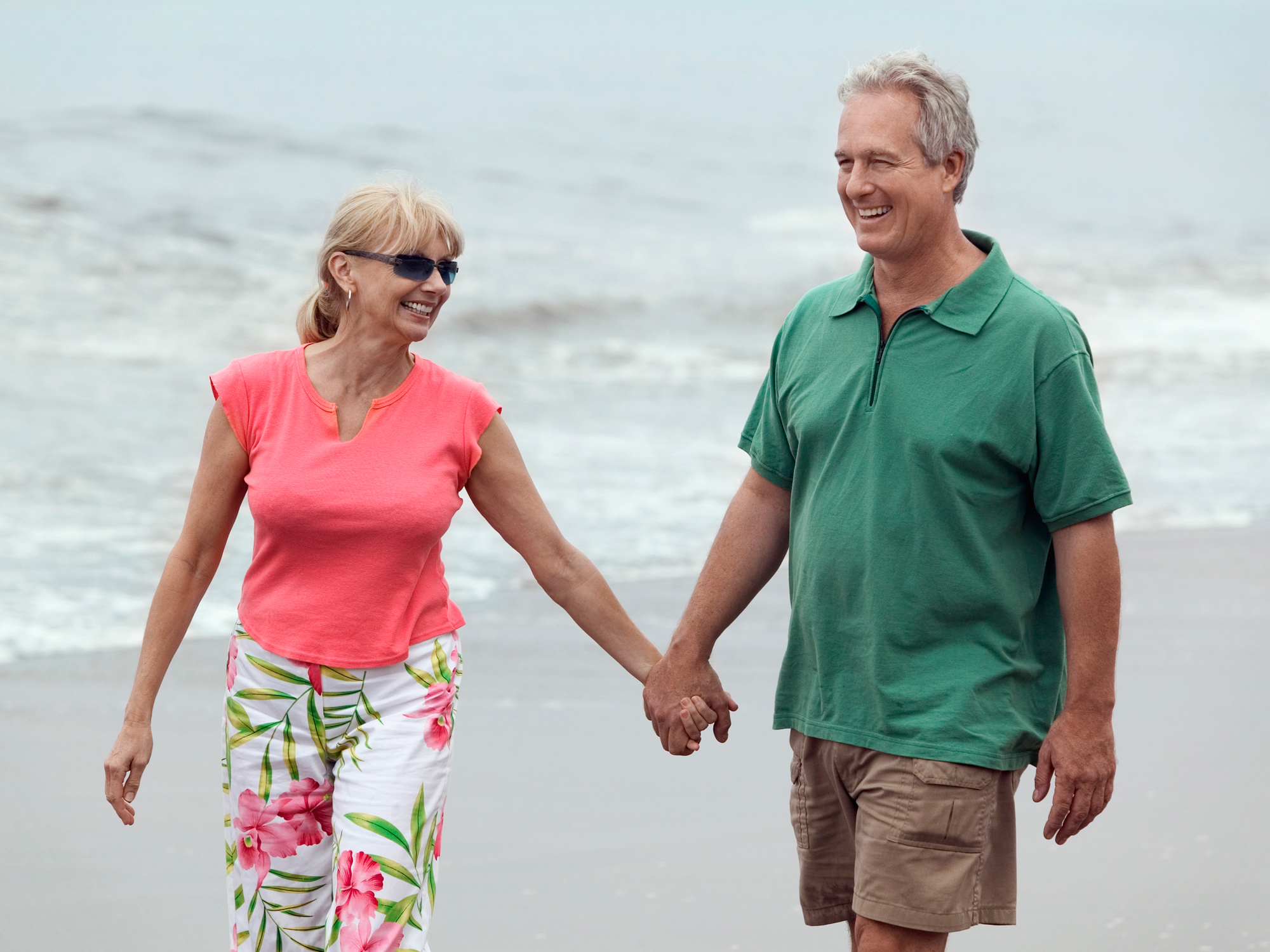Get Easy Health Digest™ in your inbox and don’t miss a thing when you subscribe today. Plus, get the free bonus report, Mother Nature’s Tips, Tricks and Remedies for Cholesterol, Blood Pressure & Blood Sugar as my way of saying welcome to the community!
Best medicine for fibromyalgia pain is…

The age old advice for wellness is “diet and exercise” and it still holds strong to this day. With diet and exercise you can keep the muscles toned, the cardiovascular system in shape, maintain a healthy weight, and feel great.
And according to a new meta-analysis, engaging in an exercise program is the best and should be the first treatment for Fibromyalgia. It may be hard to understand at first, but exercise is good for painful bodies, even if it hurts at the onset. Let’s look at the research and why this is so…
What the ancients knew…
In Traditional Chinese Medicine (TCM) there is the theory of “blood stasis.” This refers to when the blood becomes sluggishness or stagnant and the resulting issues it can create. Blood stasis can occur when there is trauma (think of a bruise), muscle spasm (think trigger point), blood clots (thrombosis), varicose veins, menstrual cramps, and reduction of blood flow from blocked arteries. TCM also looks to areas like “liver depression” caused by stress which cause the blood movement to slow down.
Symptoms of blood stasis include poor circulation, poor digestion, fatigue, and pain… especially the type of fixed pain in many locations, of what is now referred to as fibromyalgia.
Rather than treating diseases, like fibromyalgia, or specific pain locations, TCM looks to uncover the underlying cause of the disease and/or pain symptom. In this case, the cause of pain associated with fibromyalgia could be blood stasis. And a first line for correcting blood stasis in TCM is exercise: walking, qigong, tai chi. Second lines of treatment is herbal medicine and acupuncture.
Western scientific research has only now confirmed this.
New meta-analysis concurs…
The European League Against Rheumatism (EULAR) has revised their recommendations for the treatment of fibromyalgia to focus on exercise as the first line. In considering their revision of recommendation, they looked at studied up to 2005. The results were published in the Annals of Rheumatic Diseases.
A multidisciplinary group of 18 members from 12 countries undertook a meta-analysis wherein nearly 3000 studies were considered from which 275 papers and 107 reviews identified as relevant to treatment of fibromyalgia. Key outcomes including pain, fatigue, sleep and daily functioning were assessed.
Based on meta-analyses, the only ‘strong for’ therapy-based recommendation in the guidelines was exercise.
Lead researcher Gary Macfarlane, of the University of Aberdeen in Scotland, told MedpageToday, that the group unanimously endorsed exercise because of its “effect on pain, physical function and well-being, availability, relatively low cost, and lack of safety concerns.”
In addition, the researchers concluded that the evidence in support of pharmacological treatment of fibromyalgia is weak, further pressing the need for physicians to discuss the real benefits of exercise with the patients and help get them on a self-tailored plan.
Best types of exercise…
If you have fibromyalgia that vigorous exercise can be difficult to engage in. But over time it will be necessary since moving the blood stasis, improving respiration are the ways to invigorate the body and reduce pain.
While the review did not specify which types of exercise are best, even between strength and endurance types, again we can look to ancient Chinese methods for direction.
All ancient forms of Chinese exercise — from walking to qigong to tai chi — all include focusing intention, movement, and breath. This makes the exercise method internal, mental, and physical and therefore having benefits to the physical body, physiology, and mental health. In other words: becoming fit while relieving stress. Let’s take a brief look at the benefits of walking and qiqong practice.
Walking…
Brisk walking is among the safest and most beneficial exercises to do. You can select the best location and go it alone or with a friend. Walking is easy on the joints and allows you to elevate your heart rate to a comfortable level and maintain it there for good effect. And while a simple exercise walking does a terrific job of stimulating blood flow, oxygenation of the body, and contraction of muscles for a great low-impact workout.
Because you can walk for varying lengths of time you can increase your walking workout little by little to suit your personal need. What’s more, changing from a level path to an elevated on or even to a rocky hike can enliven and invigorate your workout by utilizing different muscles and placing more stress for endurance and strength — all of which help resolve blood stasis.
Qigong…
The practice of qigong — which is a term for the collected exercises that involve movement, intention and breathe alignment — has shown effective for fibromyalgia.
Research published in Hindawi’s Evidence Based Complimentary and Alternative Medicine, was based on a meta-analysis of randomized controlled trials and other studies on qigong published up through the end of 2013.
The results indicated that daily practice of qigong over a 6–8 week period produces improvements in core domains for fibromyalgia. These domains include pain, sleep, impact, and physical and mental function. What’s more, the qigong practice maintained these improvements for 4–6 months. You can watch a video on the popular “8 Brocade Qigong” exercise routine here.
Most impressive about this ancient exercise is the researcher’s finding that, “extended qigong practice can lead to changes at a molecular level. Thus, there is a report that extensive qigong practice (1-2hrs daily, for at least a year) leads to altered expression of 250 genes in neutrophils compared to healthy controls, with changes characterized by enhanced immunity, downregulation of cellular metabolism, and alteration in apoptotic genes in favor of resolution of inflammation.”
Conclusion
Exercise and diet are at the foundation of good health. Diet is vital to wellness and vibrancy and overall health. Exercise, in addition to building strong muscles and bones and moving blood is now being seen as a boon to pain relief. When it comes to fibromyalgia what the ancients knew and what the modern have come to re-discover, is that exercise is should be the first line of treatment for pain, especially pain associated with fibromyalgia… or, as the ancient Chinese called it, “blood stasis.”












